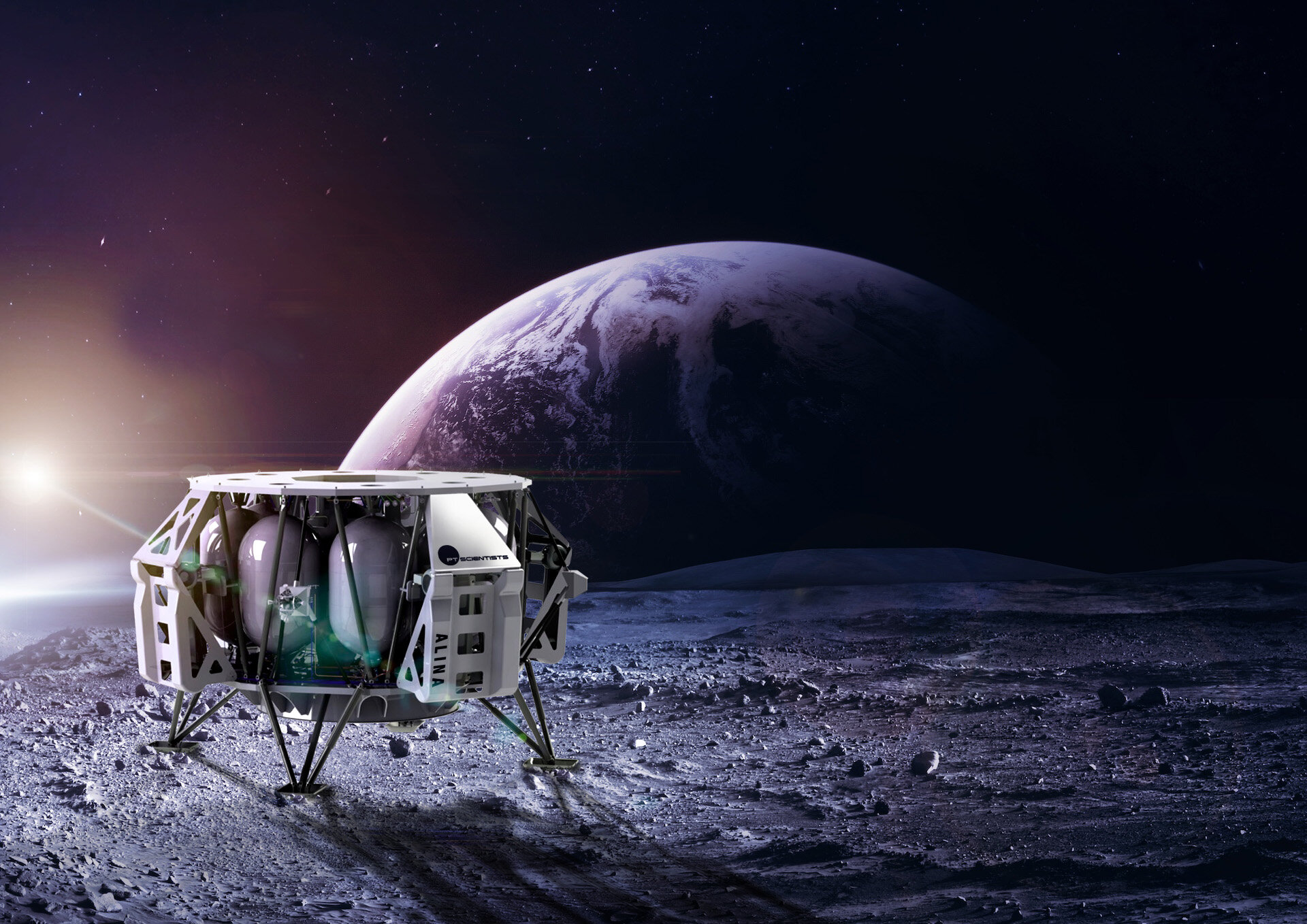Crewed moon missions may still be years away, but space agencies are getting ready for the day when humans will once again explore the lunar surface, driving discovery, innovation, and exploration off-Earth. As part of the new space era, government agencies worldwide are relying heavily on the participation of the private space sector to develop the launch vehicles and space technologies that humans will need to survive in lunar and Martian outposts.
Today, the European Space Agency (ESA) announced it is teaming up with Austrian 3D printer manufacturers Incus and Lithoz and German space company OHB Systems to develop and test 3D printing technology in microgravity using recycled powders from scrap metals that are available on the Moon.
The highly sustainable undertaking will leverage Incus’ Lithography-based Metal Manufacturing (LMM) process, a form of 3D printing technology for creating advanced metal parts using the principle of photopolymerization. On Earth, the Incus LMM system produces parts with similar material properties as metal injection molding and offers a potential solution to create spare parts from recycled metal waste in space.
Incus says LMM is nothing like currently predominant direct metal laser melting techniques. Instead, it uses a paste or suspension as feedstock without relying on highly spherical gas-atomized powders or support structures. As a result, the production of dimensionally accurate components separated by the thermal demolding process does not require any time-consuming, mostly manual reworking, and is entirely safe for the operator.
“Lithographic techniques such as the ones developed by Incus and Lithoz allow the combination of high precision 3D printing with high-performance metals and ceramics, while still remaining extremely resource-efficient. While these concepts have been successfully demonstrated on Earth, the activities of such projects are crucial for filling technological gaps and enabling the implementation of additive manufacturing in a space environment.” describes Martin Schwentenwein, Head of Material Development at Lithoz.
If successful, the technology would allow crew members in space to use recycled powders from scrap metals on the Moon. But before we get ahead of ourselves, the 18-month project needs to assess the feasibility of processing scrap metals available on the Moon’s surface to produce a high-quality final product via a zero-waste process. The assessment will consider the constraints of a space environment, such as considering the potential contamination of lunar dust. Furthermore, the team will have to evaluate the influence of impurities on the sintering and result of the final microstructure, which will lead to an ideal optimization of the binder quantity and type and the development of a sustainable manufacturing supply chain in space.
ESA is working on four key lunar exploration missions, including a partnership with the Russian agency Roscosmos that will carry European technology to land precisely and safely on the Moon, and a mission to explore lunar resources as soon as 2025, aiming to extract and process lunar resources and turn them into useful products and services. The Euro space agency also collaborates with NASA to create several service modules that will launch humans to lunar orbit as part of the Artemis program, such as the ESPRIT communications module for the astronaut’s living quarters aboard the multi-purpose lunar Gateway outpost orbiting the Moon.
The main goal for ESA and all other space agencies and private space companies is to create the technology that will produce drinkable water, breathable oxygen and maintain a constant supply of goods on the lunar station. These are among the challenges that must be addressed soon, especially considering that payloads to the Moon will be much more expensive than low Earth orbit (LEO). The ability to manufacture necessary items and spare parts, onboard and on-demand, will help reduce the cost and volume of cargo missions from Earth and minimize production waste.
In addition to supplies, research materials, and equipment, spare parts are also needed if individual components fail. Since long-term missions have to be self-sufficient, ESA space experts have shown great interest in using and reusing both existing lunar surface materials and recycling lunar base materials derived from production waste and end-of-life items. Eventually, the new microgravity 3D printing project aims to refine these manufacturing concepts towards demonstration on Earth and ultimately for implementation in space, hopefully reducing human dependence on Earth and guaranteeing a sustainable space settlement.
Subscribe to Our Email Newsletter
Stay up-to-date on all the latest news from the 3D printing industry and receive information and offers from third party vendors.
You May Also Like
3D Printing Financials: Fathom Struggles in Financial Quicksand During Critical Transition
Facing a year of key transitions and financial pressures, Fathom (Nasdaq: FTHM) has filed its annual report for 2023 with the U.S. Securities and Exchange Commission (SEC). The document outlines...
Latest Earnings Overview for Australian 3D Printing Firms Titomic and AML3D
Australian 3D printing manufacturing firms Titomic (ASX: TTT) and AML3D (ASX: AL3) reported their financial results for the period from July to December 2023, marking the first half of their...
3D Printing Webinar and Event Roundup: April 7, 2024
Webinars and events in the 3D printing industry are picking back up this week! Sea-Air-Space is coming to Maryland, and SAE International is sponsoring a 3D Systems webinar about 3D...
3D Printing Financials: Unpacking Farsoon and BLT’s 2023 Performance
In the Chinese 3D printing industry, two companies, Farsoon (SHA: 688433) and Bright Laser Technologies, or BLT (SHA: 688333), have recently unveiled their full-year earnings for 2023. Farsoon reported increases...

































